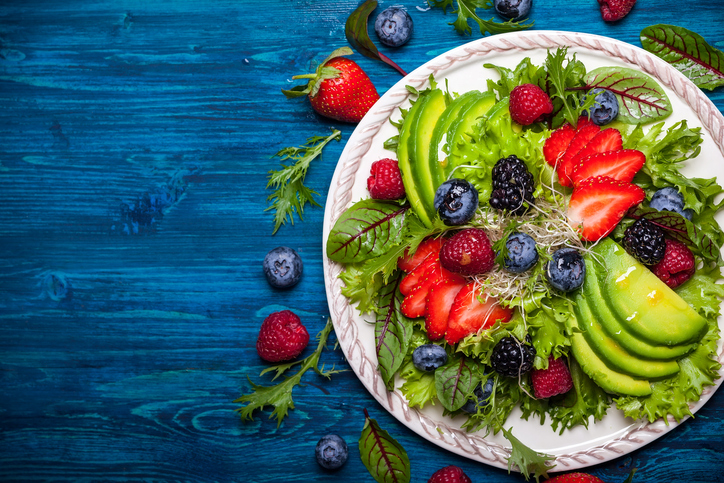 Here’s another reason to give the vegan lifestyle a try – it can help lower blood sugar over time if you have diabetes.
Here’s another reason to give the vegan lifestyle a try – it can help lower blood sugar over time if you have diabetes.
That’s right. A recent study found that type-2 diabetics who ate only vegan foods for about 12 weeks had a lower blood sugar level than diabetics who ate otherwise.
Another bonus: the participants also lost weight while on the brown rice-based vegan diet.
If you’re looking for ways to keep your blood sugar under control, veganism may be the solution. Here are a few steps to kick off your new vegan diet:
1. Avoid animal-derived products to manage diabetes.
Yes, this includes all animal fats, too. But it’s OK. Eliminating animal-derived products from your diet can increase kidney function and prevents the loss of calcium from the body.
2. Avoid added vegetable oils.
Oils are high in calories. It’s better to cook with vegetable broth or water and to steam your food instead of frying it. Any bean spread, hummus or jam is better than margarine, as well.
3. Choose high-fiber vegan foods to manage diabetes.
When in doubt, choose high fiber.
This includes beans, vegetables, fruits and whole grains such as barley, oats and whole-wheat pasta.
Start off slowly with 40 grams per day.
4. Experiment with new vegan food groups to manage diabetes.
Plant-derived foods are your new friends.
When prepping your meals, choose foods that are low in fat. And, with this vegan lifestyle, there is no limit of portion.
Important food groups include: Grains such as pasta, rice and high-fiber cereals, legumes such as beans, peas and nonfat soy products, vegetables such as potatoes, cucumbers and broccoli and fruits of any variety – excluding avocados, olives, pineapples and watermelon. It’s also OK to eat nonfat condiments, fat-free vegan cookies, fat-free chips and coffee with nondairy creamers.
When changing your diet as a diabetic, it’s always best to speak with your physician beforehand to make sure the diet mixes well with your medication and condition.








